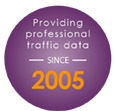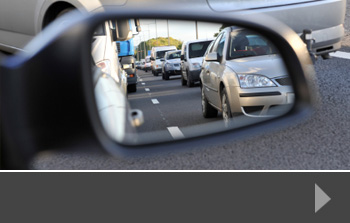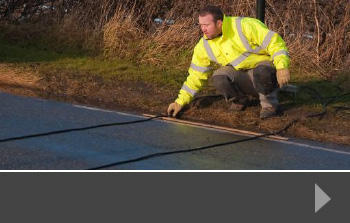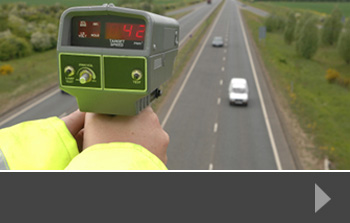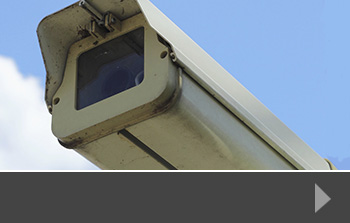If you build It, they will come: Bridges, congestion, and induced demand
At the end of the first week of March, the construction of a new bridge across the A45 was delayed because of technical difficulties with some of the equipment required to build it. This bridge, just north of Coventry Airport, was proposed as a way to tackle congestion by connecting busy areas and reducing the strain on existing roads. This bridge is part of the Coventry and Warwickshire Gateway strategy, a scheme to stimulate the region’s economic growth, which hopes to create thousands of new jobs, and this is unfortunately not the first time construction of the bridge has been delayed.
On the face of it, building new bridges and motorways in congested areas seems like a great idea. After all, every car that uses the new structure is a car not using the existing roads, reducing congestion and avoiding accidents. However, concerns have been raised that such structures may in fact worsen congestion because of a phenomenon called ‘induced demand’.
‘Induced demand’ is the idea that when a structure is built that makes using an area’s roads more convenient, more people begin using the roads. If places have better transport links, they become natural places for new building projects and so attract more people to live in the area – thereby increasing road usage. If an area becomes easier to commute in, it becomes more desirable as a place both to work and to live in. This may be why Los Angeles, a city with thousands of miles of road infrastructure, is incredibly congested in spite of this support.
Some argue that London benefited from the failure of the ringway scheme in the 1960s which hoped to build several more motorways around and through the city. The remnants of this scheme include the much-maligned M25. The reasoning is that more motorways would have pulled even more cars into the city and congestion could have ended up much worse: causing disastrous economic and environmental consequences.
Some experts question the relevance of induced demand, however, and argue that although more people will drive in an area if more highways are built, they only do so because of the reduced time and cost of doing so, and so congestion is still better for individuals overall. The validity of this is still unknown, and more work needs to be done to measure new traffic developments effects on congestion, as well as other consequences of increased road usage.
So, is a new bridge over the A45 the answer to congestion that the residents of Coventry want? Only time will tell.
If you need a Traffic Survey, Journey Time Survey, or similar data collection project to help investigate induced demand, or any issue effecting UK road users, contact Road Data Services today.

